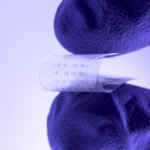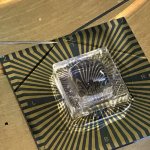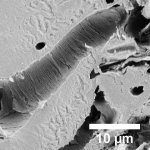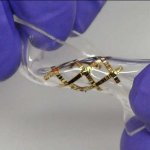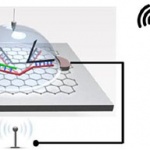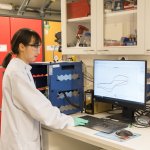
News • Electrochemical biosensing
Nanotube sensors enhance accuracy in continuous health monitoring
Researchers have succeeded in producing sensors from single-wall carbon nanotubes that are suitable for detecting even minute changes in specific substances in the body, such as female hormones.





